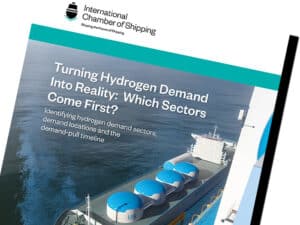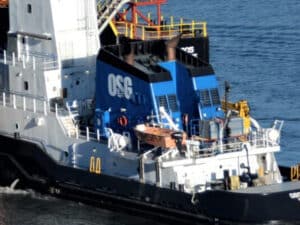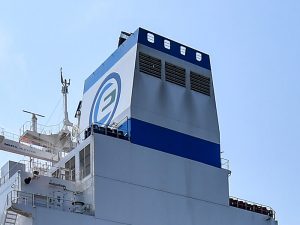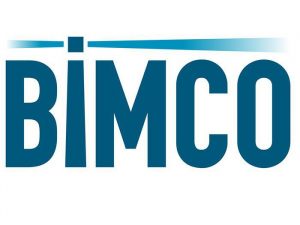
Cleaves: “Panama Canal just made VLGC transits harder”
Written by Nick Blenkey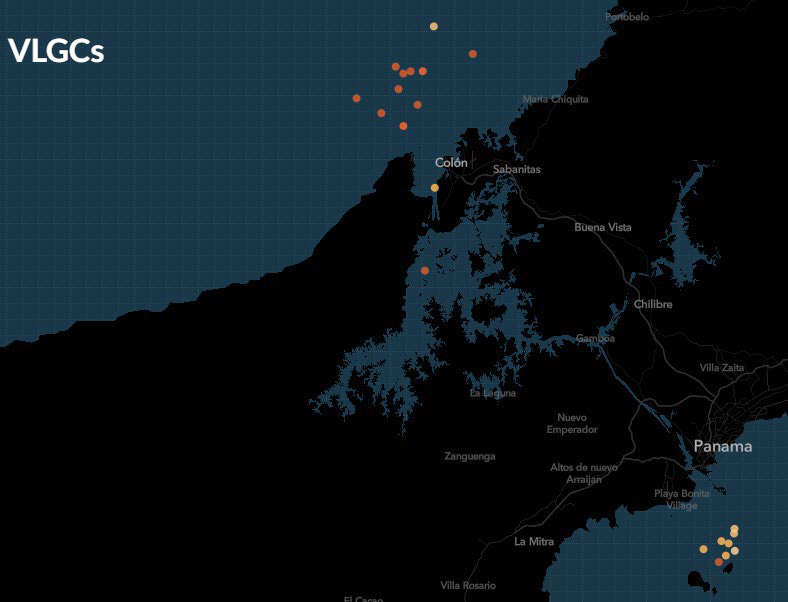
Cleaves satellite imagery shows that 17 VLGCs are currently awaiting Panama Canal transit
High traffic, seasonal fog and COVID-19 related issues had already led to congestion and long waiting times for VLGCs transiting the Panama Canal, reports Norway’s Cleaves Securities. In an advisory note dated December 31, 2020, says Cleaves, “the Panama Canal Authority made transit even more challenging by disallowing VLGCs to book during Period 1.”
“As Booking Period 1 is only applicable for dates starting 25th of March, the change in policy seems more like a move to give regularly trading vessels with significant delay implications the ability to plan ahead. Booking Period 1 is now reserved for “Neopanamax full container, passenger, and LNG vessels”. That said, the first available slot in Booking Period 2 is 19 January, 14 days from now. The change in policy is obviously negative for LPG transportation (positive for VLGC spot rates) as it removes flexibility and adds further to the already existing fleet inefficiencies. We estimated a net 6.7% reduction in effective fleet capacity vs normal levels in our 15 December VLGC report.As Booking Period 1 is only applicable for dates starting 25th of March, the change in policy seems more like a move to give regularly trading vessels with significant delay implications the ability to plan ahead. Booking Period 1 is now reserved for “Neopanamax full container, passenger, and LNG vessels”. That said, the first available slot in Booking Period 2 is 19 January, 14 days from now. The change in policy is obviously negative for LPG transportation (positive for VLGC spot rates) as it removes flexibility and adds further to the already existing fleet inefficiencies. We estimated a net 6.7% reduction in effective fleet capacity vs normal levels in our 15 December VLGC report.
“Our satellite data shows that 17 VLGCs are currently awaiting Panama Canal transit, 10 laden vessels on the Caribbean side and 7 ballasters on the Pacific side. Additionally, there are 4 vessels under transit. This compares with the total of 14 vessels waiting on average in December and 5 in November. With some vessels now using more than 13 days to transit the canal (normally around two days), many opt for the ~12 days longer voyage around Cape of Good Hope, adding around 39% more time to the U.S/ Gulf to Far East voyage.
“VLGC spot rates continues to show incredible strength, quoted at TCE $101k/d today. VLGC forward freight agreements (FFAs) surged today across the curve, potentially as LPG traders got nervous being caught short shipping in a red-hot market. The January FFA rose 5% to $115/t (vs spot at $109/t). The major gains were however further down the curve, with i.e. February +15% to $105/t, April +20% to $90/t and June +30% to an implied $82.5/t.
“Our VLGC share price index has added 5% so far today (+70% since the lows in late October), likely due to the surging FFA-curve and the aforementioned news from Panama. Although our SELL ratings on the VLGC companies look unwise against a non-stop flow of positive news, we are still fearful that the near-term peak is close. We expect fleet inefficiencies to abate during 1Q21, which together with a potential 13% decline in US LPG exports q/q and falling Far Eastern LPG prices lead us to forecast VLGC spot rates significantly down by March. If our base case plays out, the risk to VLGC share prices is skewed towards the downside.”

